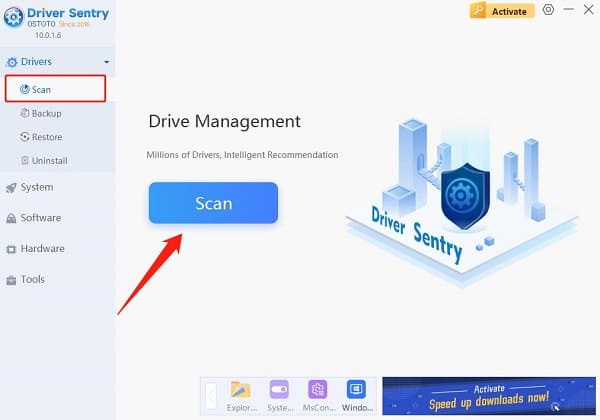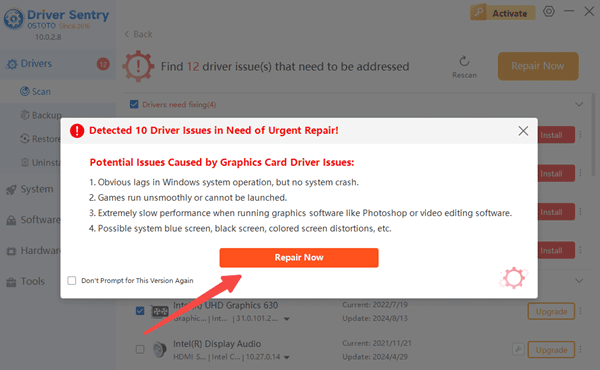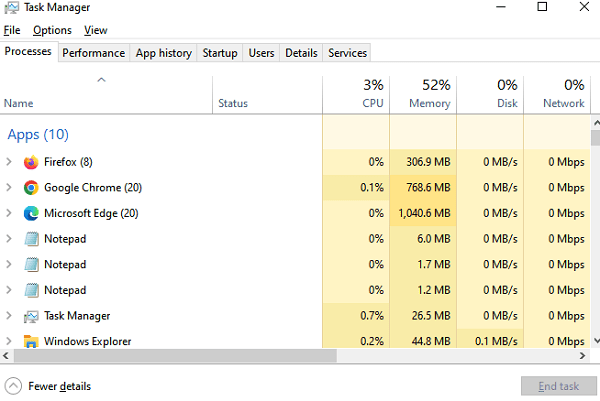
We've all experienced stuttering or frame drops that can spoil a good gaming session. These issues don't just make the game less smooth—they can seriously impact gameplay. The good news? Understanding the causes and applying the right fixes can make a big difference. Here are the most common reasons for frame drops and how to solve them.
1. Insufficient Hardware Performance
Running a game requires enough CPU processing power, GPU graphics capability, and sufficient memory (RAM). If any of these components don't meet the recommended or minimum requirements, frame drops may occur.
Solutions:
Upgrade hardware: Consider upgrading your CPU, GPU, or adding more RAM based on the game's requirements.
Lower game settings: Reduce graphics quality, resolution, shadow details, and other settings to ease the load on your hardware.
2. Outdated Drivers
The outdated drivers of the graphics card and other hardware may prevent them from fully utilizing their performance, thereby affecting gaming performance. You can use software like "Driver Sentry" to automatically detect the status of your computer's hardware drivers, intelligently match, and download the latest driver updates.
Steps:
Open "Driver Sentry" and click "Scan".

The software will detect your hardware model and suggest relevant driver updates. Click "Repair Now" to start the update.

Wait for the download and installation to complete, then restart your computer.
3. Software Conflicts or Background Programs Consuming Resources
Running other applications in the background while gaming can consume a lot of CPU or memory resources, causing your game's performance to degrade.
Solutions:
Close unnecessary background programs: Use the Task Manager to shut down non-essential background processes.
Disable startup programs: In the "Processes" tab of Task Manager, disable programs that don't need to run when the system starts.

Clean up regularly: Use tools like Disk Cleanup to remove junk files and defragment your disk.
4. Overheating
Overheating is a common reason for hardware performance drops, especially for the CPU and GPU. When temperatures get too high, protective mechanisms will automatically lower their operating frequencies to prevent damage.
Solutions:
Improve cooling: Make sure your case has good airflow. Use efficient coolers or fans and keep the environment cool.
Clean out dust: Regularly clean dust from inside your computer to ensure smooth airflow and cooling.
Monitor temperatures: Use software like "Driver Sentry" to monitor real-time temperatures and resource usage. By opening "Driver Sentry", you can check the current temperature of your hardware under the "Hardware" section.

Here are common causes of frame drops and stuttering in games, along with solutions to help improve your experience. For issues with network cards, graphics cards, Bluetooth, or sound cards, try "Driver Sentry". It detects and fixes problems, supports driver downloads, installation, and backups, making driver management easy.
See also:
How to Fix Steam Crashing on Your Computer
7 Ways to Fix Cities: Skylines 2 Not Launching
How to Fix Blue Screen Issues on Windows 11 Computers
9 Methods to Fix Screen Flickering After Windows 10 Update